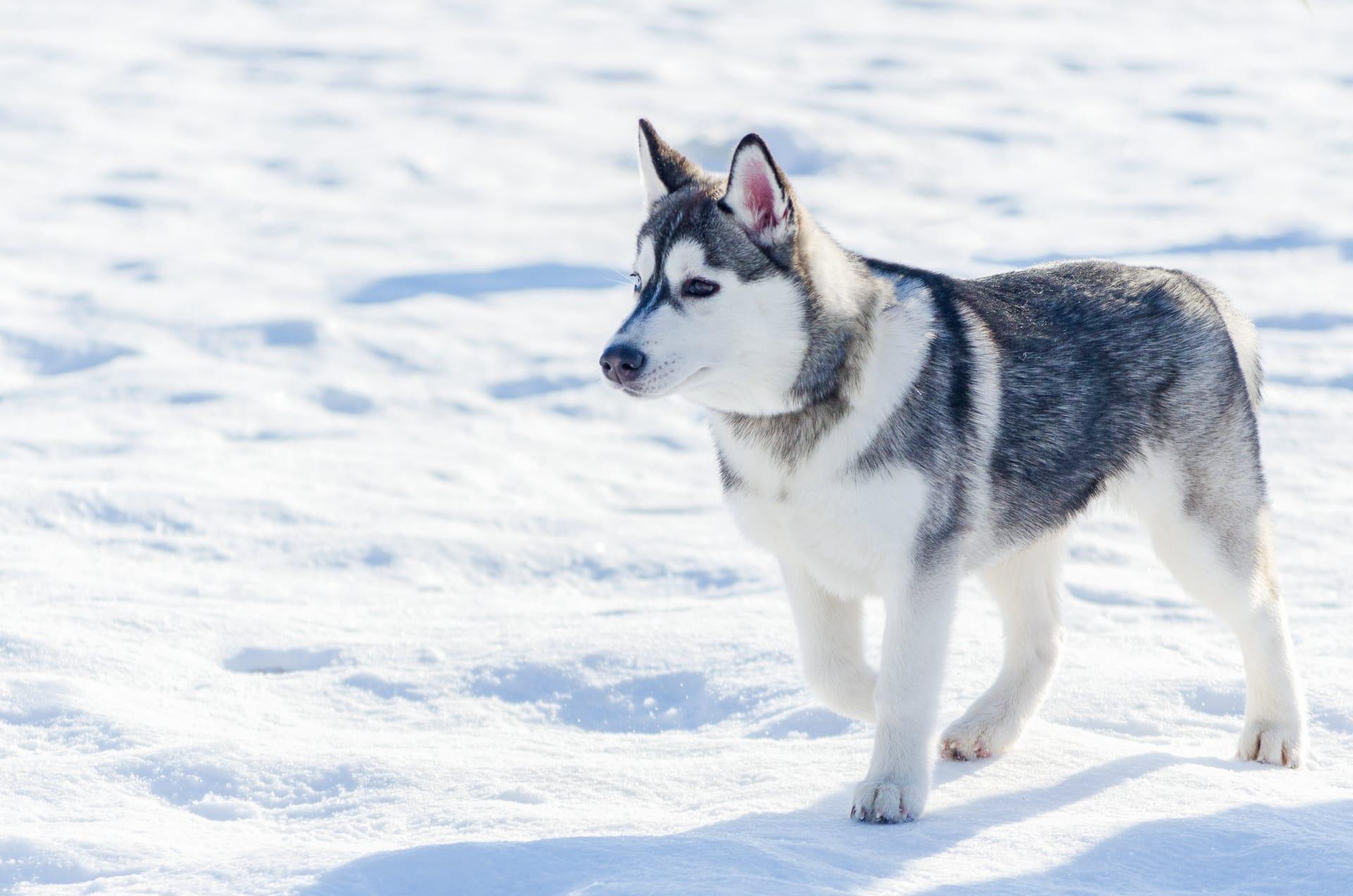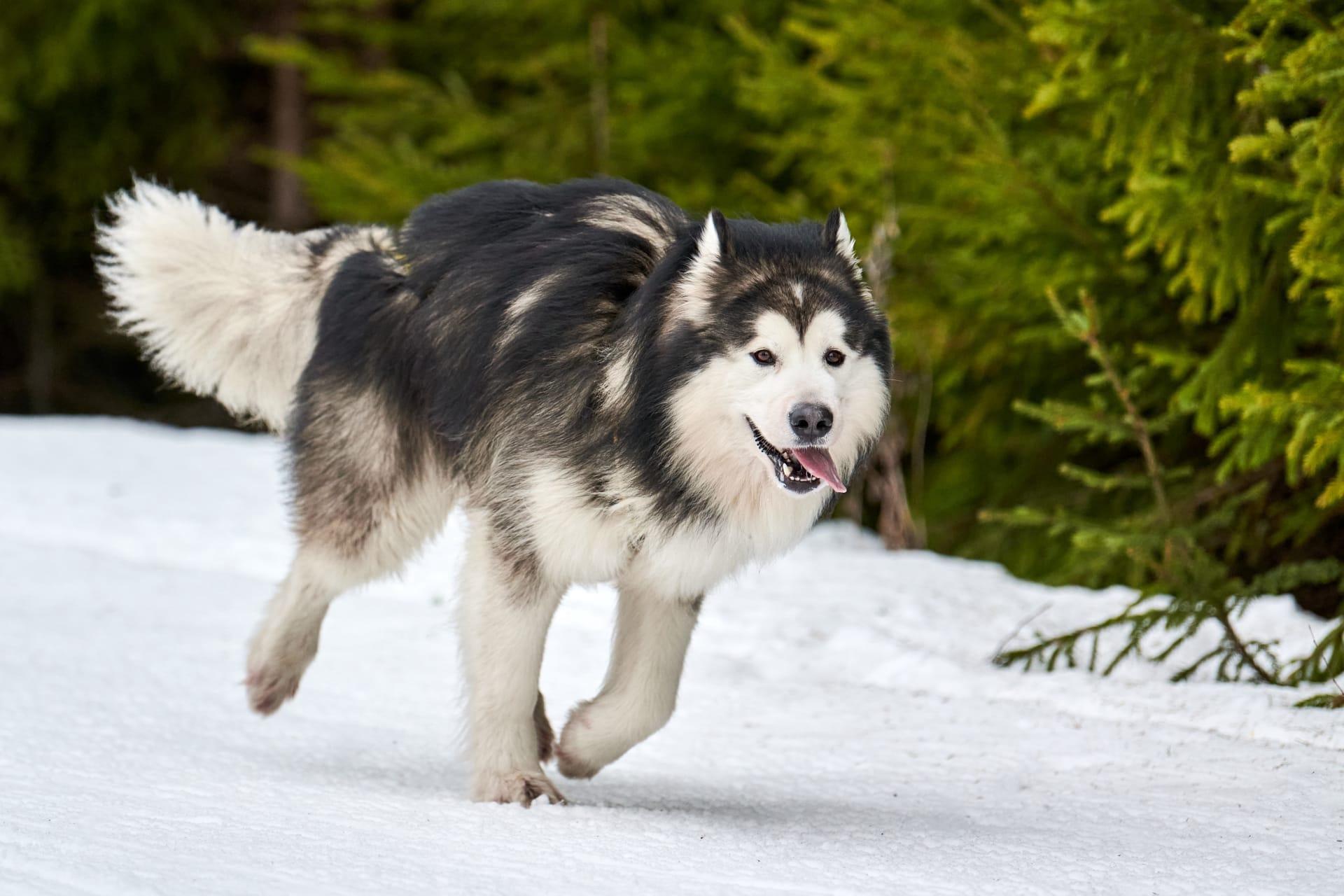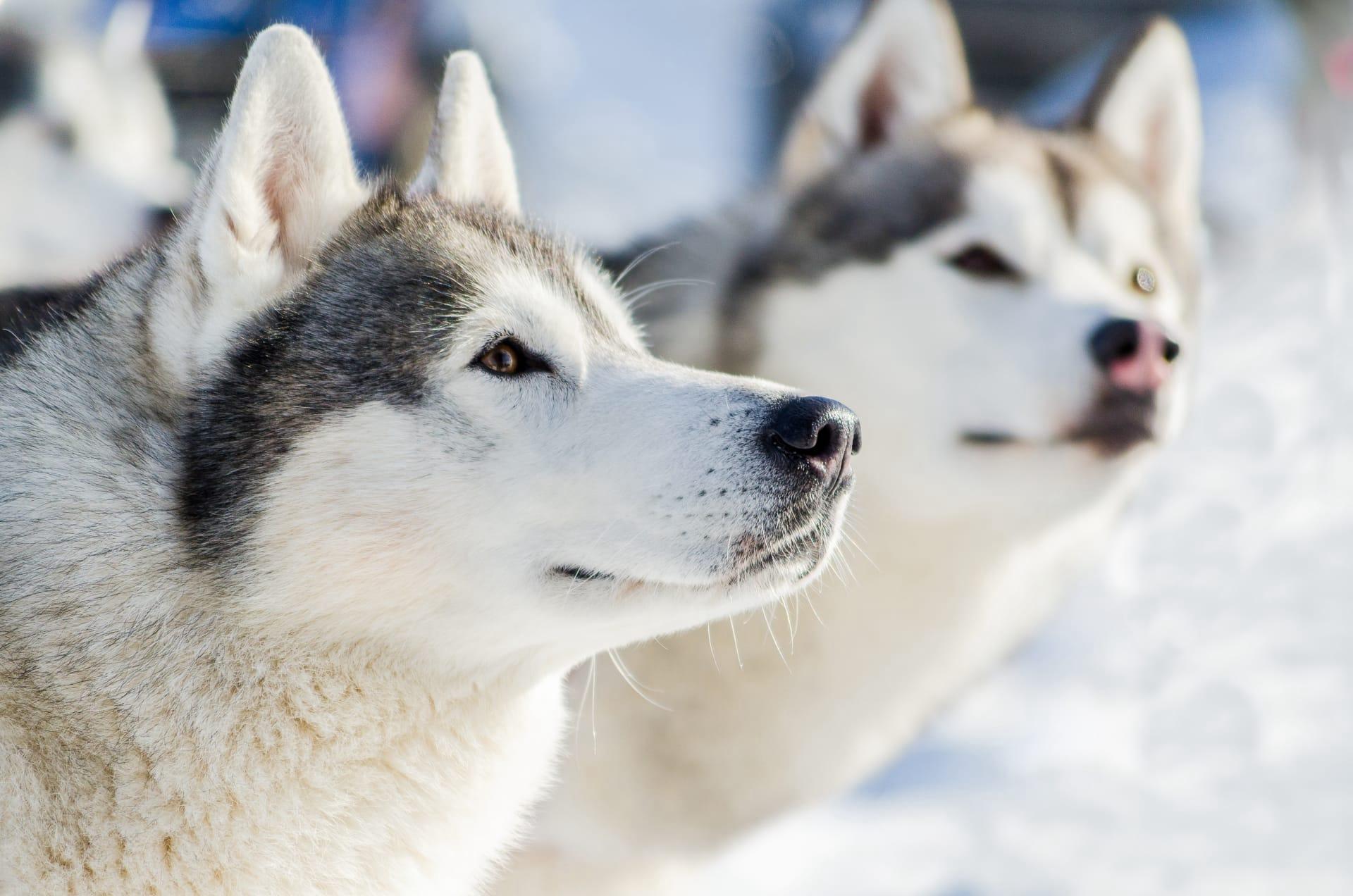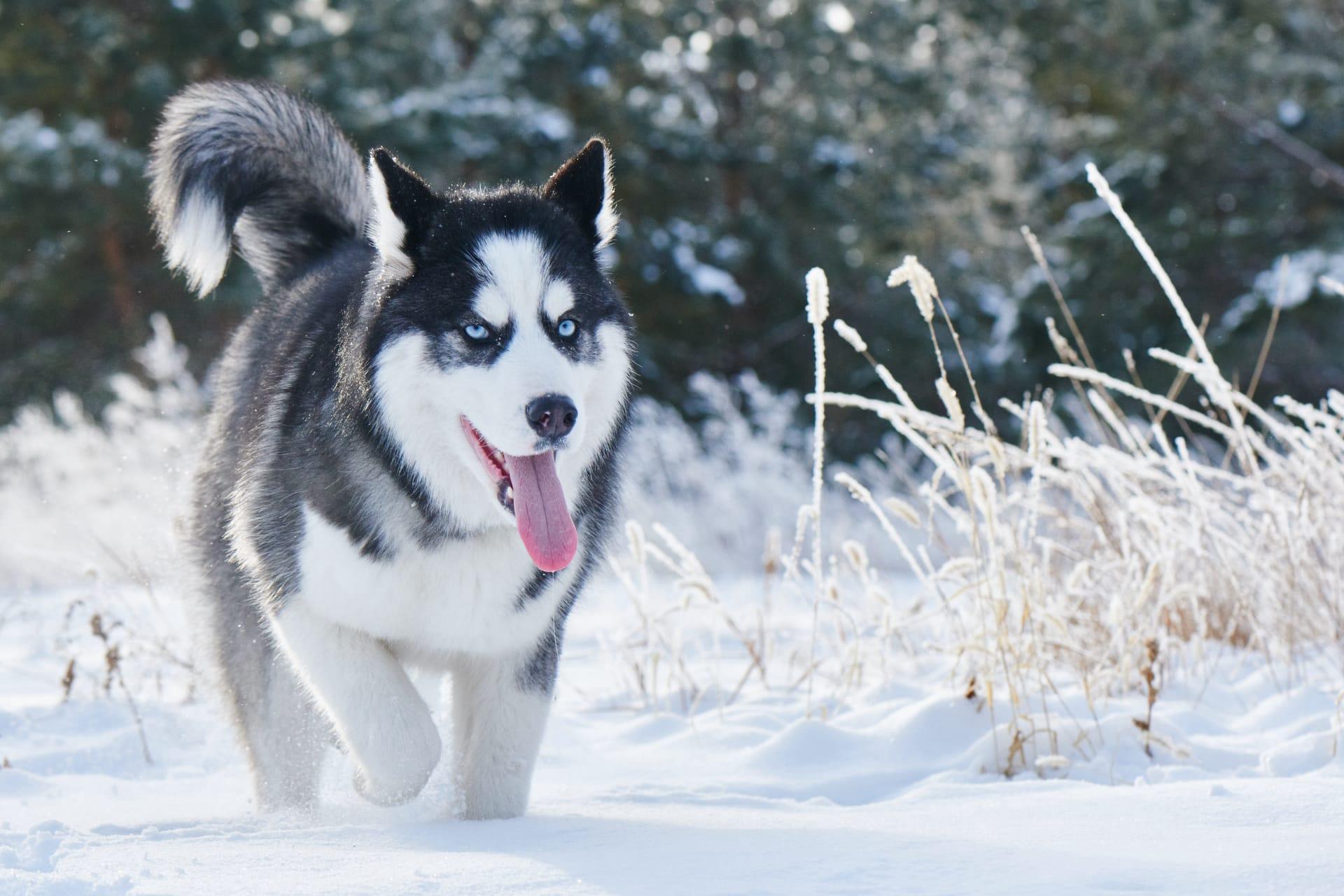Siberian Husky Characteristics
- Home /
- Mini Encyclopedia /
- Animal /
- Siberian Husky Characteristics
1
The Siberian Husky, a breed that boasts a medium build and a thick double coat, stands out for its incredible endurance and strength. Adult males typically measure around 21 to 23.5 inches in height at the shoulder, whereas females are slightly smaller, standing about 20 to 22 inches tall. Their weight ranges from 45 to 60 pounds for males and 35 to 50 pounds for females. These dogs are not just about brawn; they also have a notable lifespan, often living between 12 to 14 years, which is quite impressive for their size.
One of the most remarkable features of the Siberian Husky is its eyes. Huskies can have blue, brown, or even one of each—a condition known as heterochromia. But it's not just the color that's fascinating; their almond-shaped eyes are slanted, which along with the position of their ears, helps protect them from the harsh glare of the snow. This unique trait is not just for show; it serves a crucial function in their native environment, allowing them to see clearly despite the reflective snow and bright sunlight of the Siberian landscape.

2
Question: Why do Siberian Huskies have a reputation for being escape artists?
Answer: Siberian Huskies are known for their intelligence and independence, traits that serve them well in harsh environments but can lead to escapades in a typical backyard. Their strong prey drive and curiosity often compel them to explore beyond the confines of their home. Coupled with their ability to jump fences and dig under barriers—a skill honed from their ancestral need to find food and shelter in the wild—Huskies can become adept escape artists. It's not just physical prowess; their problem-solving skills often lead them to open gates and doors, making containment a challenge for unsuspecting owners.

3
Siberian Huskies are renowned for their high energy levels and need for regular, vigorous exercise. They excel in activities that allow them to burn off their boundless energy, such as running, hiking, and of course, sledding. Their heritage as sled dogs means they are built for endurance, not speed, capable of covering great distances at a moderate pace without tiring easily. This stamina was essential for their original role in Siberia, where they were used to transport goods across vast, snowy landscapes.
When it comes to feeding, Siberian Huskies are surprisingly efficient eaters for their size and energy output. Originating from a harsh environment where food was often scarce, they have evolved to make the most of their meals. Huskies typically require less food than other breeds of similar size, thanks to their metabolic efficiency. A balanced diet rich in protein is ideal, reflecting their ancestral diet, which would have consisted largely of meat. Owners should monitor their food intake carefully, as Huskies can gain weight if overfed, despite their high activity levels.

4
The natural habitat of the Siberian Husky is one of extreme conditions, characterized by frigid temperatures and expansive snowy terrains. Originating in Siberia, these dogs were bred by the Chukchi people, who relied on them for transportation across the vast, icy landscapes. Their thick double coat, which includes a dense undercoat and a longer topcoat, provides insulation against the cold, while their unique paw structure helps them navigate through snow.
Reproduction in Siberian Huskies is marked by their adaptability and resilience. In their native environment, the harsh conditions meant that only the strongest and most adaptable puppies survived. Litters vary in size, typically ranging from four to six puppies. Huskies have a strong pack mentality, with a social structure that supports the care and training of their young. This communal approach ensures that each member of the pack, from the youngest to the oldest, plays a role in the group's survival.

5
Book: "The Complete Siberian Husky" by Lorna Demidoff and Michael Jennings, published in the United States in the late 20th century, offers an in-depth look at the history, characteristics, and care of Siberian Huskies. The authors, renowned for their expertise in the breed, provide readers with practical advice on training, feeding, and grooming, alongside fascinating insights into the breed's development and role in polar exploration.
Book: "Siberian Huskies for Dummies" by Diane Morgan, also from the United States and published in the early 21st century, serves as a comprehensive guide for new and prospective Husky owners. Morgan, an experienced dog breeder and trainer, delivers easy-to-understand information on the breed's temperament, health issues, and exercise needs, making it an invaluable resource for anyone looking to bring a Siberian Husky into their home.